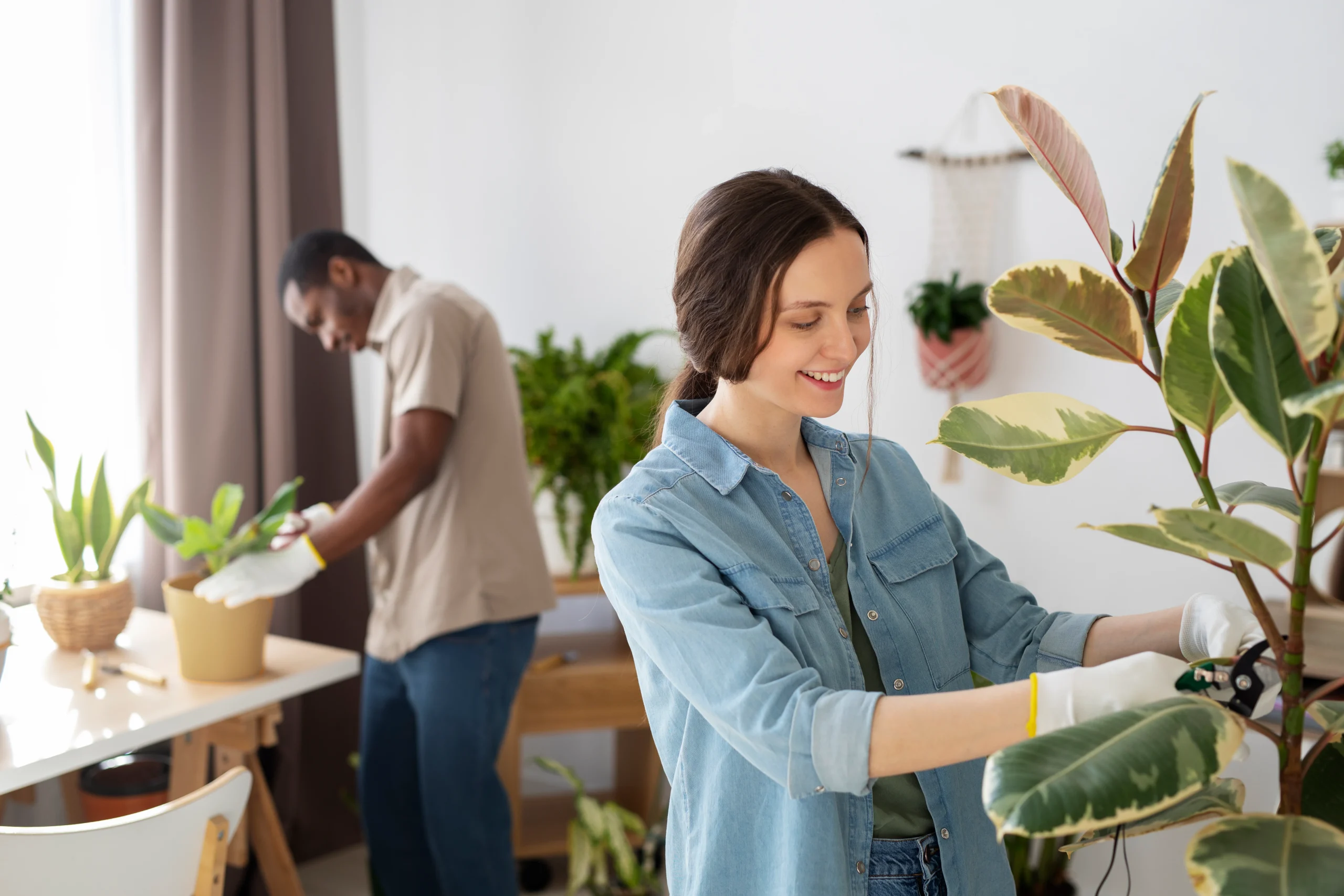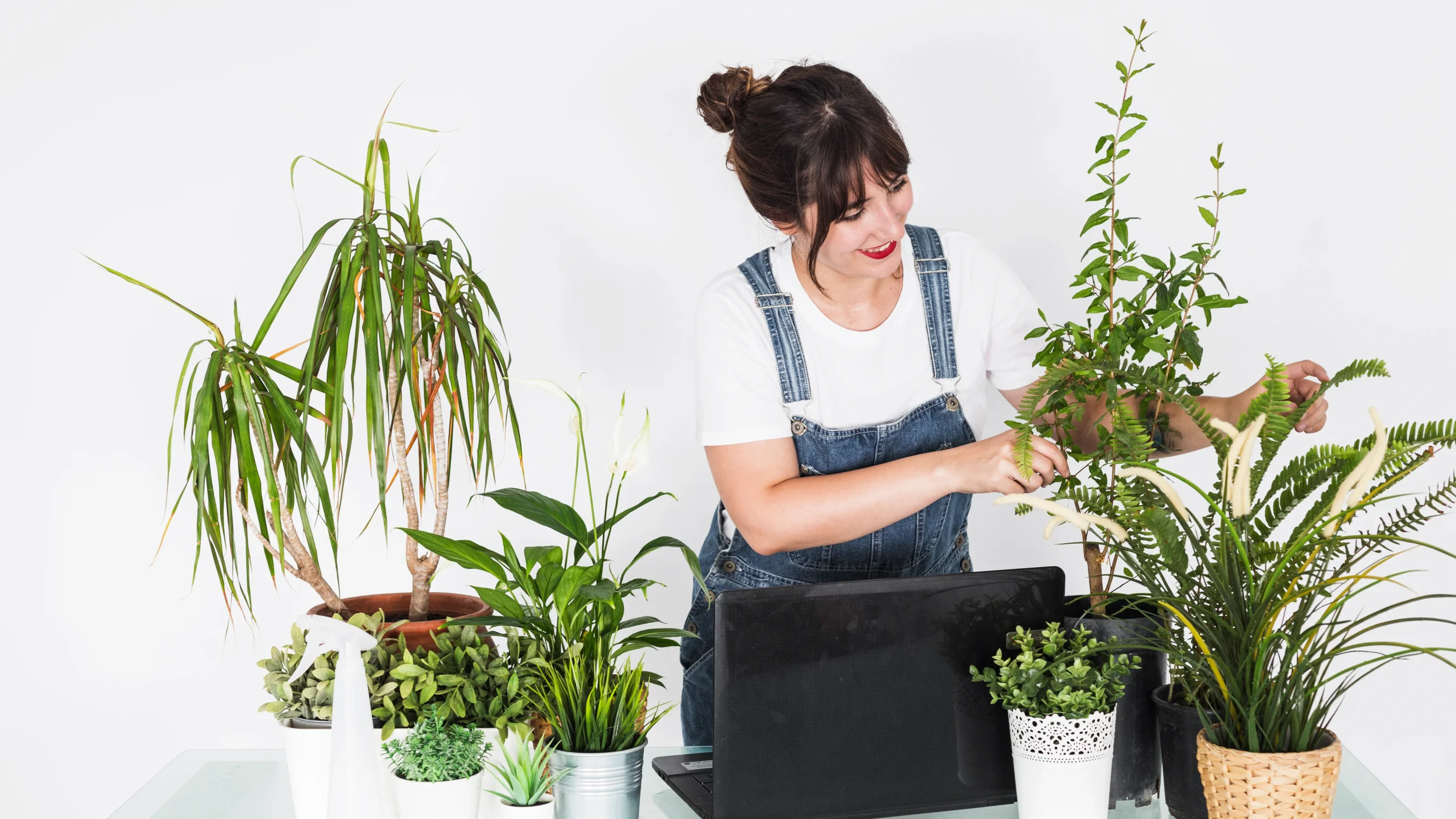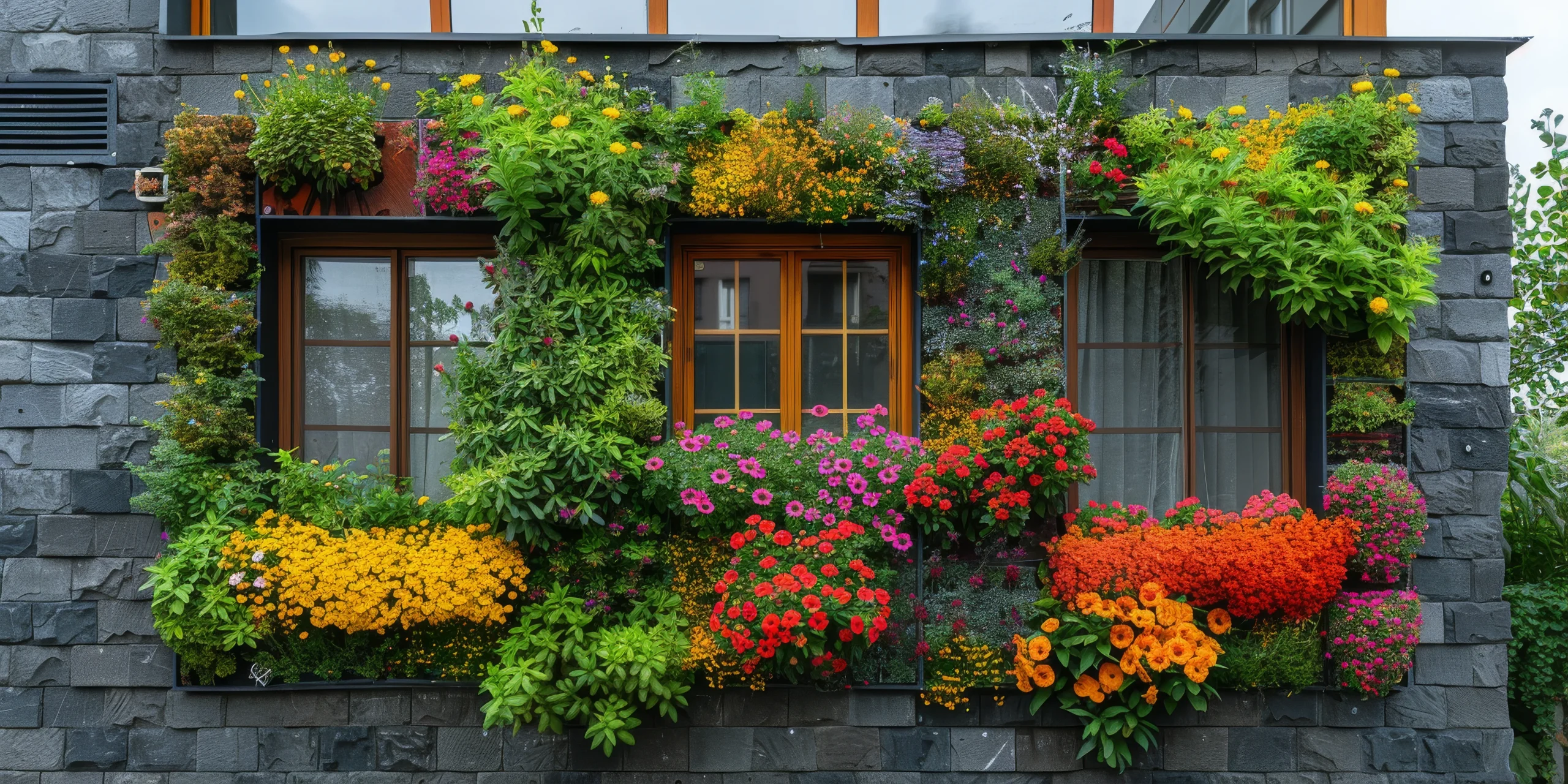Sustainable living is no longer just a trend. It has become a necessity in today’s world where environmental challenges like climate change, pollution, and resource depletion are affecting our everyday lives. The good news is that sustainable living begins at home, and with a few simple changes, we can all reduce our carbon footprint while saving money and living healthier.
By adopting sustainable living ideas at home, you not only help protect the planet but also create a more balanced lifestyle. From reducing energy consumption to eco-friendly habits, every small step makes a big difference.
In this guide, we will explore practical and easy-to-follow sustainable living ideas that you can start implementing today.
Why Sustainable Living at Home is Important
The choices we make at home have a direct impact on the environment. Household energy use, water consumption, waste generation, and even the products we buy all contribute to environmental stress. By living more sustainably, we can:
- Reduce pollution and waste.
- Save money on bills and resources.
- Improve personal health and well-being.
- Conserve energy and natural resources for future generations.
- Inspire others to make eco-friendly changes.
Sustainability is not about perfection but progress. Even small daily habits can add up to meaningful change when practiced consistently.
Practical Sustainable Living Ideas at Home
Here are some of the most effective and beginner-friendly ways to live more sustainably at home.
1. Conserve Energy with Smarter Choices
Energy conservation is one of the easiest ways to practice sustainable living at home. Switching off lights when not in use, unplugging devices, and investing in LED bulbs significantly reduces energy waste.
Smart thermostats and energy-efficient appliances also help cut electricity bills while minimizing carbon emissions. For example, washing clothes in cold water saves both energy and money.
2. Reduce, Reuse, and Recycle
The classic three R’s—reduce, reuse, and recycle—are the foundation of sustainability. Start by reducing unnecessary purchases and avoiding single-use plastics. Reuse jars, containers, and bags whenever possible. Recycle items like paper, glass, and plastic properly.
Composting food waste is another great way to recycle organic material while creating nutrient-rich soil for gardening. This reduces landfill waste and supports eco-friendly gardening at home.
3. Switch to Eco-Friendly Cleaning Products
Many household cleaning products contain harsh chemicals that are harmful to both the environment and your health. A simple sustainable living idea is to switch to eco-friendly cleaning alternatives. Natural ingredients like vinegar, baking soda, and lemon work wonders for cleaning without leaving toxic residues.
There are also plenty of green cleaning brands available that use biodegradable and non-toxic formulas.
4. Save Water Every Day
Water is one of our most precious resources, yet it is often wasted at home. Sustainable living involves mindful water use, such as fixing leaks, installing low-flow showerheads, and turning off taps while brushing teeth.
Collecting rainwater for gardening and using efficient irrigation systems also reduces water waste. Small changes like shorter showers can save gallons of water over time.
5. Grow Your Own Food
A home garden or even a small balcony planter box can significantly reduce your reliance on store-bought produce. Growing your own herbs, vegetables, or fruits ensures fresher food, fewer chemicals, and less plastic packaging.
Raised garden beds, vertical gardens, and DIY planter boxes are beginner-friendly options for urban homes with limited space. Not only does gardening promote sustainability, but it also improves mental well-being and connects you to nature.
6. Choose Sustainable Home Décor
When decorating your home, opt for furniture and décor made from sustainable materials like bamboo, reclaimed wood, or recycled metal. Thrift shopping and upcycling old furniture are eco-friendly ways to give your home character without harming the environment.
Even simple swaps like organic cotton curtains or eco-friendly wall décor can make your living space both stylish and sustainable.
7. Switch to Renewable Energy Sources
If possible, consider investing in renewable energy sources such as solar panels. While the initial investment may seem high, solar energy reduces electricity bills in the long run and supports a cleaner planet.
For those who cannot install solar panels, switching to a renewable energy provider or purchasing green energy credits is another option.
8. Sustainable Kitchen Habits
The kitchen is where a large portion of household waste comes from. Reduce food waste by planning meals, storing leftovers properly, and composting organic scraps. Buy local produce to support farmers and reduce carbon emissions from transportation.
Switching to reusable grocery bags, glass jars, and stainless-steel containers also reduces plastic waste. Choosing eco-friendly cookware and energy-efficient appliances makes your kitchen more sustainable.
9. Use Natural Fabrics and Sustainable Clothing
Fast fashion is one of the biggest contributors to pollution. Start by choosing clothing made from natural fabrics like cotton, linen, and hemp. Supporting sustainable fashion brands or buying second-hand clothing also helps reduce waste.
At home, you can also opt for organic bed sheets, towels, and upholstery to create an eco-friendly environment.
10. Eco-Friendly Transportation Choices
Although transportation happens outside the home, the decisions start at home. Whenever possible, walk, cycle, or use public transport instead of driving. If you own a car, consider a hybrid or electric vehicle to reduce emissions.
Working from home a few days a week also helps cut down on commuting, making a significant difference in your carbon footprint.
Benefits of Sustainable Living at Home
Practicing sustainable living ideas at home offers countless benefits:
- Healthier lifestyle: Reduced exposure to harmful chemicals and fresher food choices.
- Lower expenses: Saving on energy, water, and unnecessary purchases.
- Environmental protection: Reducing waste, emissions, and pollution.
- Increased comfort: Eco-friendly homes are often calmer and healthier environments.
- Positive impact on community: Inspiring friends and family to live sustainably.
Simple DIY Sustainable Living Ideas
For those who enjoy hands-on activities, here are a few DIY projects to make your home more eco-friendly:
- Create a compost bin from old containers.
- Build a DIY rainwater collection system.
- Upcycle wooden pallets into shelves or planter boxes.
- Make your own reusable shopping bags from old fabric.
- DIY natural cleaning sprays using vinegar and citrus.
These projects are budget-friendly, fun, and help reduce waste while teaching valuable sustainability lessons.
Final Thoughts
Living sustainably does not require drastic changes or large investments. It starts with small, everyday habits that gradually build into a lifestyle of responsibility and care for the planet. By implementing sustainable living ideas at home, you not only reduce your environmental impact but also save money, improve your health, and create a more harmonious living space.
From conserving energy and growing your own food to using eco-friendly products and reducing waste, every step contributes to a greener future. Remember, sustainability is a journey, not a destination. The more you practice it, the more rewarding and natural it becomes.
Start today, inspire others, and enjoy the satisfaction of knowing that your home is making a positive difference in the world.







